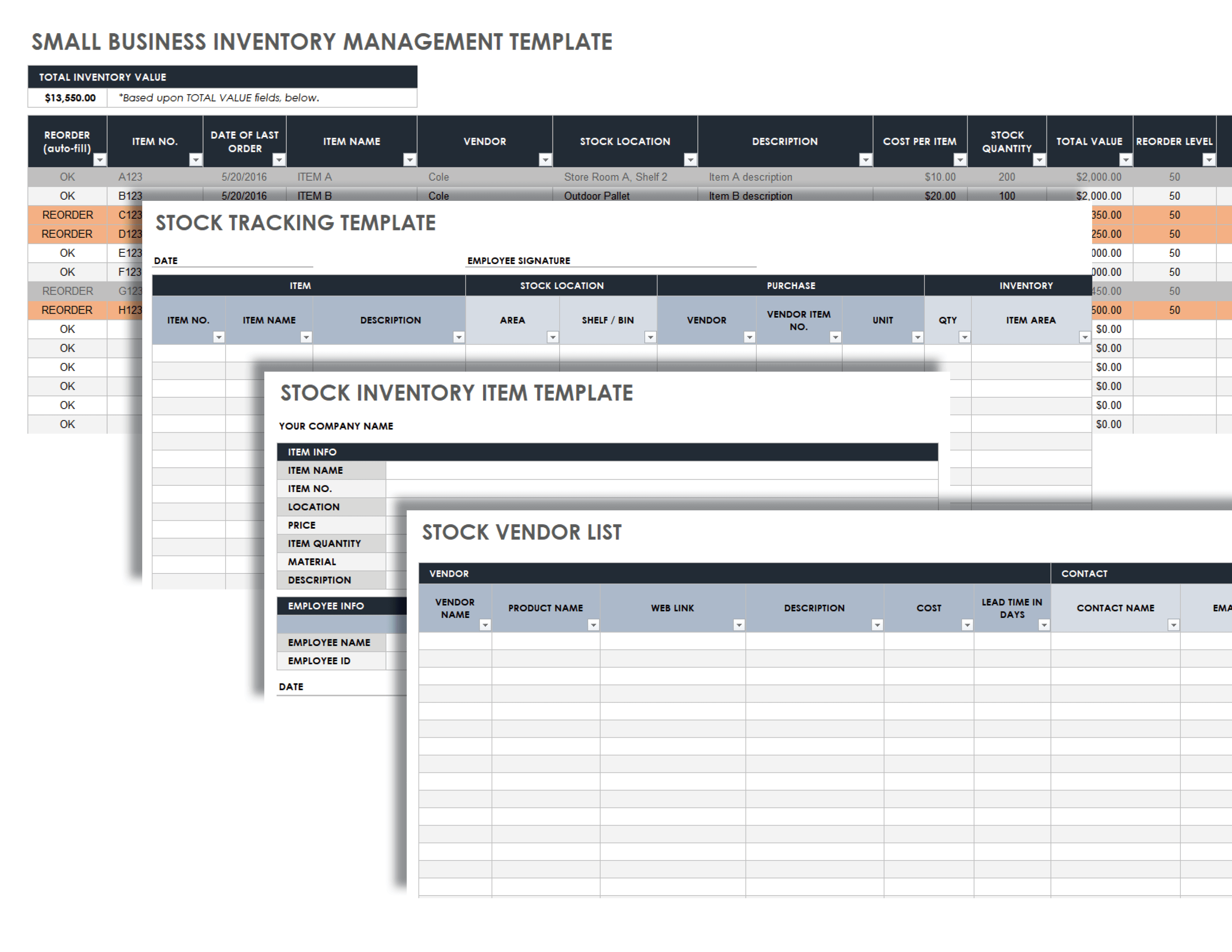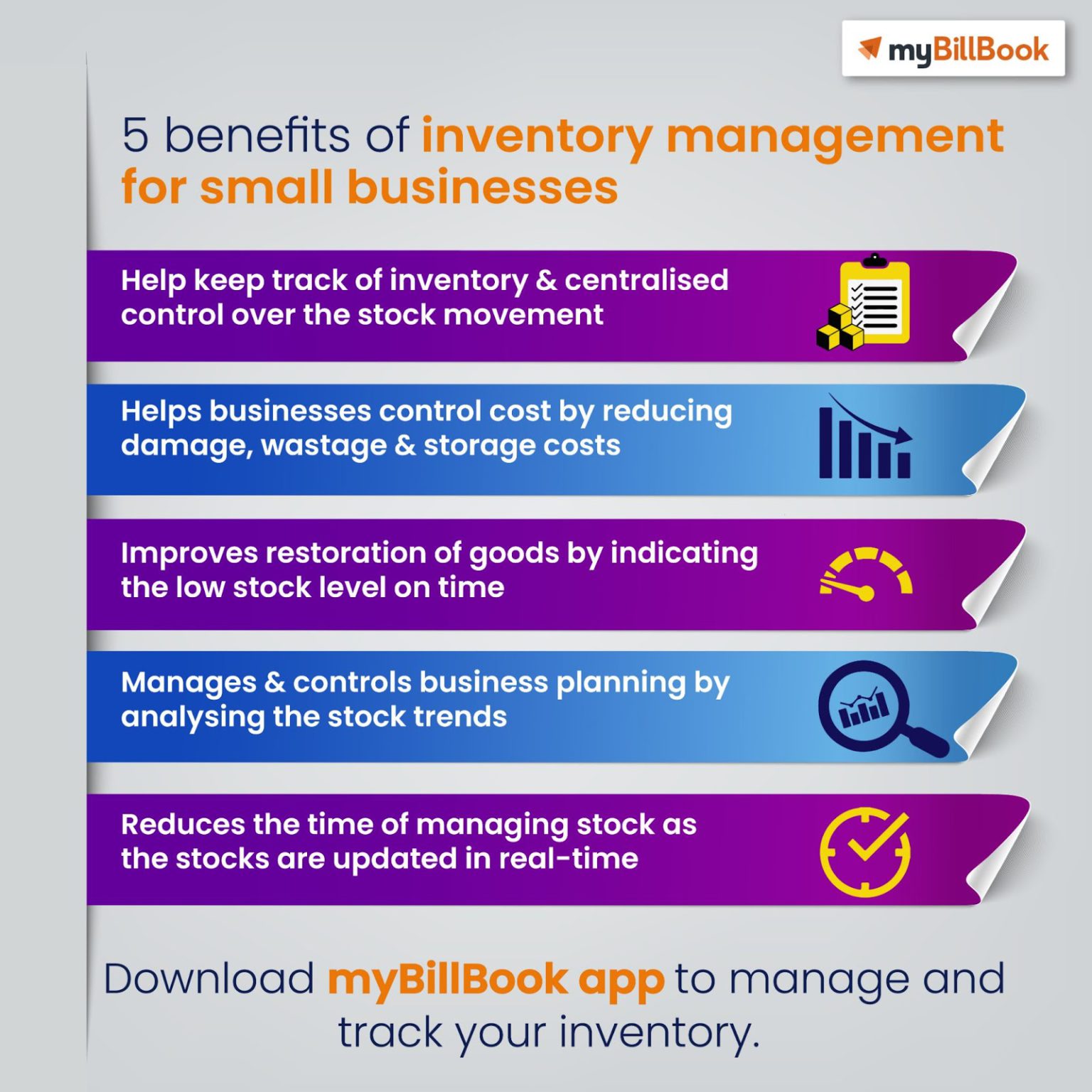Managing inventory for small businesses is a critical aspect of ensuring smooth operations, optimizing profitability, and maintaining customer satisfaction. This comprehensive guide will delve into the fundamentals of inventory management, exploring effective techniques, cost-effective strategies, and best practices tailored specifically for small businesses.
Understanding the principles of inventory management and its impact on business operations is essential for small businesses to thrive in today’s competitive market. By implementing efficient inventory control techniques, optimizing inventory levels, and utilizing data analysis, small businesses can gain a competitive edge and maximize their profitability.
Inventory Management Fundamentals for Small Businesses: Managing Inventory For Small Business

Inventory management is crucial for small businesses to maintain optimal stock levels, reduce costs, and improve customer satisfaction. It involves planning, organizing, and controlling the flow of goods from purchasing to storage and finally to the customer.
There are two main types of inventory: raw materials and finished goods. Raw materials are the components used to produce finished goods, while finished goods are the end products ready for sale to customers. Understanding the different types of inventory helps businesses prioritize inventory management strategies and allocate resources effectively.
Establishing an Effective Inventory Management System
To establish an effective inventory management system, small businesses can follow these tips:
- Implement an inventory management software:Automated systems streamline inventory tracking, reduce errors, and provide real-time data.
- Conduct regular inventory audits:Physical counts verify inventory accuracy and identify discrepancies.
- Use the FIFO (First-In, First-Out) method:Sell the oldest inventory first to prevent spoilage and maintain freshness.
- Establish safety stock levels:Maintain a buffer of inventory to avoid stockouts and meet unexpected demand.
- Monitor inventory turnover:Calculate the rate at which inventory is sold to identify slow-moving items and optimize stock levels.
Inventory Control Techniques

Effective inventory control is crucial for small businesses to optimize stock levels, minimize losses, and ensure customer satisfaction. Implementing robust inventory control techniques empowers businesses to track inventory levels accurately, optimize stock levels, and respond efficiently to demand fluctuations.
Various methods can be employed to track inventory levels and ensure accuracy. Regular physical counts, where inventory is manually counted and reconciled against records, provide a baseline for inventory tracking. Cycle counting involves counting a portion of inventory at regular intervals, reducing the workload while maintaining accuracy.
Additionally, perpetual inventory systems use software to continuously update inventory levels as transactions occur, providing real-time visibility into stock levels.
Benefits of Inventory Management Software and Technology
Inventory management software and technology offer numerous benefits for small businesses. These tools automate inventory tracking, reducing manual errors and streamlining operations. They provide real-time inventory visibility, enabling businesses to make informed decisions about stock levels and avoid overstocking or stockouts.
Furthermore, inventory management software can generate reports and analytics, providing insights into inventory trends, demand patterns, and areas for improvement.
Role of Inventory Forecasting in Managing Stock Levels
Inventory forecasting plays a vital role in managing stock levels effectively. By analyzing historical data, seasonality, and market trends, businesses can predict future demand and adjust their inventory levels accordingly. This proactive approach helps prevent overstocking, which ties up capital and incurs storage costs, and stockouts, which can lead to lost sales and customer dissatisfaction.
Accurate inventory forecasting enables businesses to maintain optimal stock levels, ensuring product availability while minimizing inventory carrying costs.
Best Practices for Small Business Inventory Management
Effective inventory management is crucial for small businesses to maintain optimal stock levels, reduce costs, and enhance customer satisfaction. Here are some best practices to consider:
Using a Central Inventory Management System
Centralizing inventory management allows businesses to track stock levels, manage orders, and monitor inventory performance from a single platform. This eliminates the need for manual tracking and reduces the risk of errors.
Implementing Automated Inventory Tracking
Automated inventory tracking systems use technology to monitor stock levels in real-time. This provides businesses with up-to-date information on inventory availability, enabling them to make informed decisions regarding reordering and stock replenishment.
Conducting Regular Inventory Audits, Managing inventory for small business
Regular inventory audits involve physically counting stock to verify its accuracy against records. This helps identify discrepancies, prevent shrinkage, and ensure inventory levels are correct.
Establishing Clear Inventory Policies and Procedures
Establishing clear inventory policies and procedures helps maintain consistency in inventory management practices. These policies should Artikel responsibilities, define inventory handling protocols, and establish guidelines for stock replenishment.
Closing Notes

In conclusion, managing inventory effectively is a key driver of success for small businesses. By embracing the strategies Artikeld in this guide, small businesses can optimize their inventory levels, minimize costs, and enhance their overall operational efficiency. With a well-managed inventory system in place, small businesses can confidently navigate market fluctuations, meet customer demands, and achieve long-term growth.
Top FAQs
What are the key benefits of inventory management for small businesses?
Inventory management helps small businesses optimize stock levels, reduce waste, improve cash flow, enhance customer satisfaction, and gain a competitive edge.
How can small businesses establish an effective inventory management system?
Small businesses can establish an effective inventory management system by implementing a central inventory management system, conducting regular inventory audits, establishing clear inventory policies and procedures, and utilizing inventory management software.
What are some common inventory control techniques for small businesses?
Common inventory control techniques include cycle counting, perpetual inventory systems, and the use of inventory management software to track inventory levels and ensure accuracy.